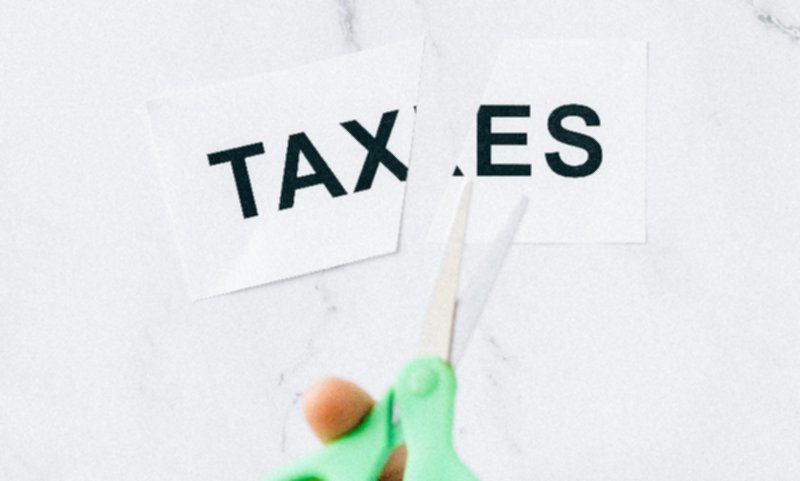Ultimate Guide to Video Games Expenditure Credit (VGEC): What You Need to Know
How UK Game Developers Can Claim up to 34% Relief on Development Costs
The UK video games industry contributes £2.9 billion annually to the economy. With the new Video Games Expenditure Credit (VGEC), eligible companies can claim up to 34% relief on development costs, potentially saving thousands on each project.
What is the Video Games Expenditure Credit (VGEC)?
The Video Games Expenditure Credit (VGEC) is a new tax relief scheme introduced in April 2024 to support the UK video games development industry. It replaces the previous Video Games Tax Relief (VGTR) with enhanced benefits and a simplified claiming process.
- Offers a payable credit of up to 34% on qualifying expenditure
- Available to companies developing video games in the UK
- Designed to encourage investment in British game development
- Part of the UK government’s creative industry tax reliefs overhaul
Key Changes from VGTR to VGEC
The new VGEC scheme introduces several important changes from the previous VGTR system:
| Feature | Old VGTR System | New VGEC System |
|---|---|---|
| Credit Rate | 25% on up to 80% of budget | 34% on all qualifying expenditure |
| Calculation Method | Additional deduction + payable credit | Expenditure credit only |
| Minimum Spend | £1,000,000 per game | No minimum spend requirement |
| Cultural Test | Required for all games | Replaced with new eligibility criteria |
| Claim Timing | After game completion | During development (interim claims) |
Eligibility Criteria for VGEC
To qualify for VGEC, your company must be:
- Registered in the UK for corporation tax purposes
- Acting as the video games development company
- Responsible for designing, producing and testing the game
- Not acting as a publisher only (unless also developing)
The video game being developed must:
- Be intended for supply to the general public
- Not be produced for advertising or promotional purposes
- Not contain elements of gambling
- Meet the new British cultural test or qualify through international co-production agreements
What Expenditure Qualifies for VGEC?
The VGEC applies to core development costs including:
| Expenditure Type | Examples | Percentage Qualifying |
|---|---|---|
| Staff Costs | Salaries, pensions, benefits for development team | 100% |
| Software & Tools | Game engines, development software, licenses | 100% |
| Assets & Content | Motion capture, sound design, voice acting | 100% |
| External Services | Outsourced programming, art, QA testing | 80% |
| Overheads | Rent, utilities for development space | Up to 5% of total qualifying expenditure |
How to Calculate Your VGEC Claim
VGEC Calculation Formula:
Qualifying Expenditure (QE) × 34% = Gross Credit
Gross Credit × Corporation Tax Rate (25%) = Net Credit
Example Calculation:
Total Qualifying Expenditure: £500,000
Gross Credit: £500,000 × 34% = £170,000
Net Credit: £170,000 × 25% = £42,500
The net credit of £42,500 can be used to reduce your corporation tax bill or may be payable in cash if you’re loss-making.
Step-by-Step Claim Process
Step 1: Pre-production Assessment
Before beginning development, assess your game’s potential eligibility and set up systems to track qualifying expenditure separately.
Step 2: Ongoing Documentation
Maintain detailed records throughout development including:
- Timesheets for all development staff
- Invoices for all external services
- Asset creation records
- Development progress reports
Step 3: Interim Claims
You can make claims during development rather than waiting until completion:
- File an Interim Certificate with HMRC
- Claim for expenditure incurred to date
- Submit through your corporation tax return
Step 4: Final Claim
Within 12 months of game completion, submit your final claim including:
- Final calculation of qualifying expenditure
- Completion certificate
- Cultural test confirmation (if applicable)
Real-World Examples
Studio Size: 5-person indie studio
Project Budget: £200,000
Qualifying Expenditure: £180,000
VGEC Calculation:
Gross Credit: £180,000 × 34% = £61,200
Net Credit: £61,200 × 25% = £15,300
Impact: The £15,300 credit represents a 7.65% reduction in overall project costs, potentially making the difference between profitability and loss.
Studio Size: 25-person development team
Project Budget: £1.2 million
Qualifying Expenditure: £950,000
VGEC Calculation:
Gross Credit: £950,000 × 34% = £323,000
Net Credit: £323,000 × 25% = £80,750
Impact: The £80,750 credit can fund approximately 6-7 months of additional development time or be reinvested in marketing.
Common Mistakes to Avoid
| Mistake | Consequence | Prevention |
|---|---|---|
| Poor expenditure tracking | Missing out on eligible claims | Implement dedicated accounting systems |
| Incorrectly classifying staff | HMRC challenges to claims | Clear role definitions and timesheets |
| Missing deadlines | Loss of entitlement | Maintain a claims calendar |
| Overlooking subcontractor limits | Reduced claim amount | Careful tracking of external costs |
| Failing cultural test | Complete ineligibility | Early assessment and planning |
VGEC Timeline and Important Dates
For projects that began under the old VGTR system:
- You can continue under VGTR until 31 March 2027
- Alternatively, you can elect to move to VGEC
- Once moved to VGEC, you cannot revert to VGTR
- Special rules apply to expenditure spanning both regimes
How VGEC Compares to Other Creative Reliefs
| Tax Relief | Credit Rate | Industry | Minimum Spend |
|---|---|---|---|
| Video Games Expenditure Credit (VGEC) | 34% | Video Games | None |
| Audio-Visual Expenditure Credit (AVEC) | 34% | Film & TV | £1 million |
| Theatre Tax Relief (TTR) | Up to 50% | Theatre | None |
| R&D Expenditure Credit (RDEC) | 20% | All Industries | None |
Need Help With Your VGEC Claim?
Our creative industry specialists can help you maximize your Video Games Expenditure Credit claims and ensure compliance with HMRC requirements.
Get VGEC Specialist Advice

